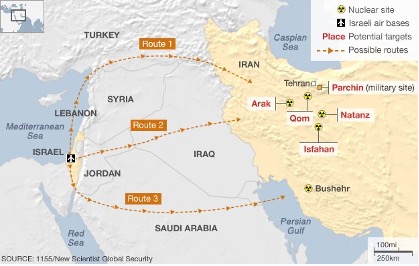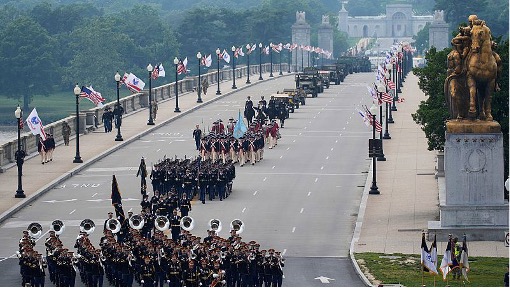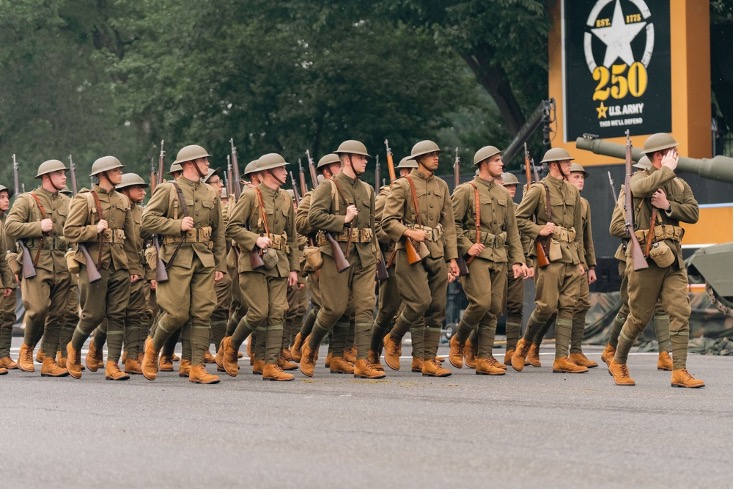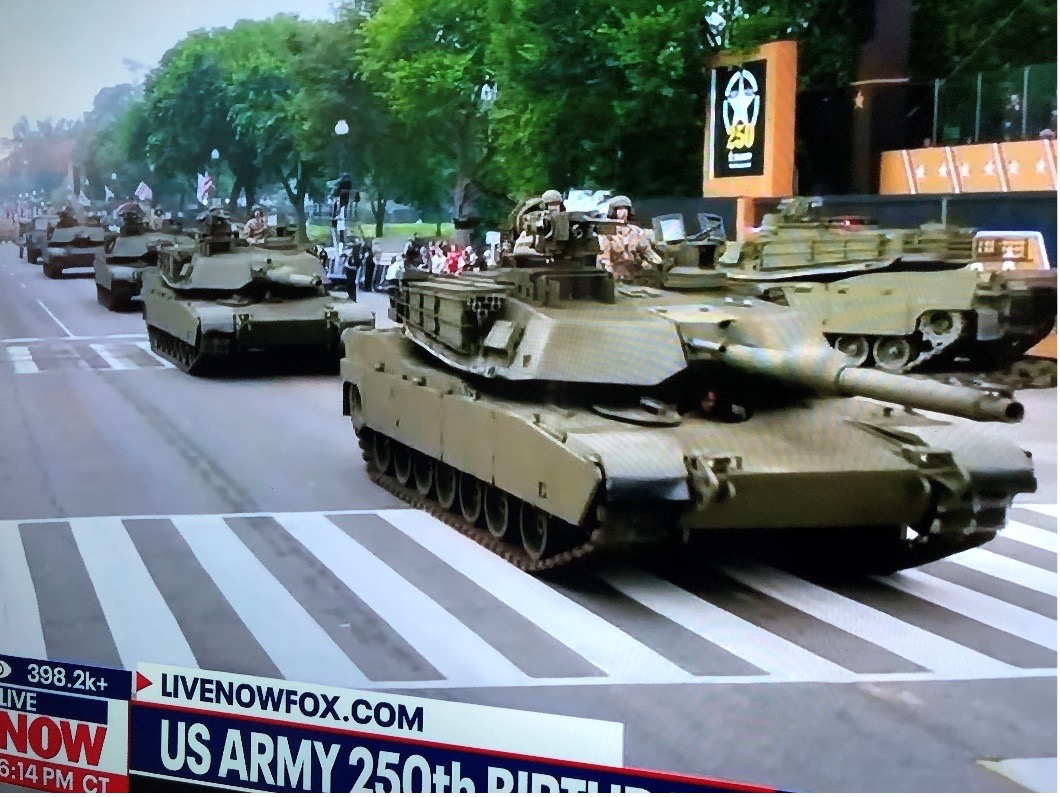Early last week, I had a strange feeling. Something wasn’t right. Indeed, something was wrong with the overall feel of the world: “A disturbance in the Force,” to borrow a line from Star Wars.
I logged into a trading account and sold about half of a position that I own in a tech company. Then I used the funds to buy physical silver, plus shares in a couple of up-and-coming junior gold-silver explorers. And I bought shares in two oil companies. Here’s why…

Silver ingot, 10 ounces. Courtesy First Majestic.
Metal-Miners-Oil
Buy Silver: Lately, this industrial-monetary metal has been on a roll. At over $36 per ounce, the current price has moved up strongly for a variety of reasons, most of which I’ve discussed in the past. Owning physical metal is an excellent way to preserve wealth, just as long as you can safely store it. Right now, in my view silver offers limited downside and solid upside.
Buy Miners: I added to a couple of existing positions in Canadian juniors that are too small to name here in the Reckoning. I save that level of detail and company-specific discussion for the Jim Rickards letters and subscribers. But I can say that these guys work in the Yukon and Alaska, two excellent jurisdictions for mineral exploration and development.
Buy Oil Companies: I bought shares in Petroleos Brasileiro, aka Petrobras (PBR), then trading in the low $11 range with a dividend yield at an eye-popping 19%, although it’s paid annually and for that you must have patience. I’m up over 10% now, in just a week.
If you’re not familiar with PBR, it’s a big company with impressive technical expertise, massive oil operations in Brazil and that country’s prolific offshore, and great long-term prospects as a global oil play. With this in mind last week, I thought that PBR shares looked cheap, with near-term market upside and I suspect more to come.
When it comes to oil, my math-driven, scientifically nurtured investment thesis is that recent prices are just “too low.” This is due to a variety of reasons that range from climbing costs for finding and development (F&D), to the inherent value of a barrel of petroleum and value-add you can do with it. To me, at least, it appears that oil – and PBR in particular – doesn’t have much downside, but there’s big upside if something bad happens in the world (oh gee… hold that thought).
Also, early last week I bought shares in a relatively small U.S. company that works in Colorado, namely the Denver-Julesburg Basin. It’s a cashed-up fracking play that’s just now completing a series of recently drilled wells. Soon, in about August, this company will have significant new and growing oil and gas production, as well as hefty cash flow.
Again, all of this trading was early last week, when my news aperture was clogged with tales of the LA riots, followed by the Air India crash. I wasn’t looking for turmoil in the Middle East (see below), but I had suspicions that prices for metal, miners, and oil would rise sooner versus later, and sprinkle some magic market holy water on the sectors.
And then… Someone summoned the god of war.

Bernini’s statue of Ares, God of War. National Museum of Rome.
Blow the Trumpet, Draw the Sword
Thursday evening, June 12th, news broke that Israel had attacked Iran. As an old Navy guy who has seen more than a few military operations come and go, my Prime Directive on events like this is: First reports from the front lines of a war are almost always wrong.
Don’t believe anything that comes at you early in the operation. You are you, not them. You are here, not there. You are a civilian, not inside the intelligence cells. And even if you’re an intel officer staring at the screen, do you really know what you are seeing? Everything takes time to process.
Then there’s this old quip: Nothing is true until it has been officially denied.
With these caveats in mind, when war breaks out you can’t just sit there and do nothing, either. It’s critical to figure out at least the big picture. And in this case, Israel has moved deliberately and decisively to wreck Iran’s nuclear capabilities. Along the way, Israel must degrade Iran’s air defense and missile-shooting capacity. Plus, there’s a strong hint of regime change in Iran behind Israel sending in the jet bombers. All while Iran shoots back. That’s the macro idea.

Israeli attack routes into Iran. Courtesy BBC.
As for military details, ugh… At first, I tried to watch so-called “news” on various channels, but it was a waste of time; mostly non-military talking heads with no particular base of knowledge or perspective, just parroting press release pabulum and amplifying unverified rumors.
I pivoted to market news because, in general, flows of funds tend to reveal facts and elements of truth. Within minutes of newsflashes about the Israeli attacks, spot prices for oil, gold and silver moved up. Clearly, on a global scale we saw an immediate flight of capital to safe assets, plus indications of deep concern over future oil prices and availability.
Of course, price levels for precious metals and oil will bounce around as traders trade and the dust settles. Still, it’s fair to forecast that bids-and-asks for gold and silver, as well as for barrels of oil, are headed higher because everything about a kinetic conflict between Israel and Iran is destabilizing, obviously in the Middle East and also across the world.
Whether, when and how the Israel-Iran war ends, and no matter if it’s sooner or later, the former – as in last week’s – global correlation of forces has just absorbed a massive hit. Things are about to change big-time. Last week may as well be 30 years ago. Strategically, geopolitically, militarily, industrially, and certainly in terms of global energy and material flows, this new war has well and truly marched us all into an unknown landscape, terra incognita.
If nothing else, we’re witness to a very strange, new war between Israel and Iran, considering that the two nations don’t share even an inch of common border, and it’s about 1,175 miles from Tel Aviv to Tehran. This sure as heck isn’t the same kind of war as we see with Russia moving slowly, methodically across neighboring Ukraine.
No, Israel vs Iran is the modern model of formerly-fiction techno-war, rooted in super-advanced equipment and systems that apply phenomenal combat power fast and at great distances.
On the kinetic side we see Israel using long range air power, enabled by aerial tanking and highly accurate standoff weapons. While on the other side is Iranian air defense and missile power. In a sense, this segment of the war is chemically powered by hydrocarbons in the form of jet fuel and rocket motors.
Another part of this war is conducted via unseen electromagnetic waves within a broad spectrum of cyber and signal processing. This all relies on huge databases of intelligence, processed by advanced semiconductors running ultra-sophisticated programming. In short, this phase of the war requires massive computer power wrapped inside encryption, often as not working to overcome intense jamming. And it’s all based on electric power.
The Israel-Iran battle space ranges from underground tunnels and deep bunkers, all the way into outer space and even earth orbit, and not just in the sense of satellite surveillance. Some Iranian missiles fly up to 60 miles into the blue yonder before crashing back down at hypersonic speed, with internal guidance systems and targeting that appears to be pretty good.
To add a bit of old-fashioned familiarity to everything, we also see special forces and proxy commandos from each side, working within the other’s territory, engaged in sabotage and assassinations.
There’s no distinct “front” line in this conflict, nor even well-defined zones of hostilities. And there’s no operational depth. Everything is at risk. Targets are not just the usual assets like radar stations, munition bunkers and airfields, or industrial sites or even built-up downtown areas of large cities like Tel Aviv and Tehran. The battle space is pretty much everywhere; it ranges from the western edge of Israel to the eastern border of Iran. And add to the mix Yemen’s Houthis who are firing ordnance at Israel from the southern end of the Arabian landmass.
In other words, we’re looking at an unprecedented, high-tech war waged with bleeding-edge aircraft and missile systems, enabled by astonishing levels of cyber and electronic warfare, all based on decades of diligent and meticulous intelligence gathering. Generations of legacy war preparation are being employed in a matter of days, hours, moments and even seconds.
Meanwhile, and despite claims from either side about limited milestones and goals, there’s ample potential for this conflict to spread to adjacent regions; specifically, to spill into the Eastern Mediterranean Sea and/or Persian Gulf, if not farther south into the Red Sea, Arabian Sea, and Indian Ocean.
And much as I’d like to discuss arm-waving tales of Israel’s F-35I aircraft dodging Iranian S-300 antiair missiles, and Iranian rockets raining down from the sky and punching through Israel’s not-so-impenetrable “Iron Dome” (and bypassing more than a couple of U.S. systems as well), I’ll spare you. If you want to follow details on this, you’ll find all manner of reports and accounts on You Tube and other sites, depicting the rain of steel and fire.
But whatever you do, remember what I told you above. Beware, because: First reports from the front lines of a war are almost always wrong.
Prepare to be surprised, if not astonished.
The Army 250 Parade
Now, let’s leave the Middle East and return to the U.S., to Washington, D.C. this past Saturday evening, June 14th. If you watched, you saw a lovely parade of uniformed people and equipment move down Constitution Avenue, celebrating the 250th anniversary of the founding of the Army in 1775.

Army 250 poster. Courtesy U.S. Army.
As the event narrator pointed out, “Before there was a Nation, there was the Army.” And since 1775 the institution remains out there, standing its posts, doing its jobs, comprised of men and women from across the landscape of the Republic.
Sad to say, though, but in the months, weeks and days leading up to the parade, much of our country’s disgusting media (sorry, but I repeat myself) and America’s Professional Left portrayed the event as a martial celebration of President Trump’s ego and his cause of Populist Trumpism. Yes, it’s what psychologists call “projection,” and of course the First Amendment gives people the right to say what they think. But then came the reality of the parade.

Army 250 parade crosses Arlington Bridge. Courtesy MSN.
The Army gave America a thoughtful, colorful, kinetic lesson on two-and-a-half centuries of U.S. history. That, along with tasteful, thoughtful, reflective, effective promos that will have recruiters, ROTC units and West Point admission offices overflowing with applicants for the next couple of years.
The Left bitterly complained about the $45 million estimated cost, and yet also bellyached that the event had financial sponsors who deferred the hit to the Treasury.
While another Lefty knock on the parade is that the Soldiers looked like… well, Soldiers. Ugh, can’t have that, right?

America’s Army and its very basic fashion statement. Courtesy Inquirer.net.
If you’re wondering, the Army’s ceremonial units like the Field Band and the Fife & Drum Corps were colorful and crisp, as always.

Army Fife & Drum Corps put on a fine display. Getty Images.
And the historical uniforms from Civil War, WWI, WWII, Korea, Vietnam were pretty cool.

Army 82nd Airborne troops wearing WWI “doughboy” uniforms. Dvidshub.net.
But the bulk of troops were dressed in (cue the crying!) normal, everyday ACU garb — Army Combat Uniforms, ie, basic field camo. See above.
And even worse, apparently to the critics, is that the troops didn’t march with goose-steps and high kicks like those full-time parade phalanxes we see in Beijing and Pyongyang. And there were no “women’s battalions,” dressed in short, skimpy skirts and knee-high leather boots like Xi and Kim have. To some people, it appears, America has failed when her Soldiers don’t strut down the boulevard like bemedaled peacocks from faraway lands ruled by godless Commies.
Face it, there’s no winning with the Professional Left. It’s no stretch to say that the very idea of celebrating “Army 250” is meaningless to them. And they didn’t want a parade because, well… Trump. Or maybe it’s just… Army.
Yeah, whatever… But at the end of the day, the caissons went rolling along, although many of them looked a lot like buffed-out M-1 Abrams tanks.

Army Abrams tanks roll down Constitution Avenue. BWK photo, screen grab from Army video feed.
To close, I’m writing about the parade not just to describe the parade. The takeaway is that the U.S. Army didn’t make it through 250 years by being behind the times. Generation after generation, the Army advanced by developing and adopting new technology and creating doctrine to match new threats.
As I pointed out earlier, we’re entering a new world of geopolitics, military issues, industrial demands and more. Over the past three years, we’ve seen stunning new military developments from Russia vs Ukraine; and in just the past week we’ve seen mind-blowing examples of “new war” from Israel vs Iran.
So yes, it was a nice parade. But my concern is that history doesn’t stop with what worked in the 1990s in Desert Storm, or what evolved in the 2000s in Iraq and Afghanistan. Anymore, in 2025 and looking years ahead, Ukraine and Iran speak for themselves in terms of deadly new developments in cyber, electronic warfare, drones, missiles and guidance, and certainly the industrial capability to produce large amounts of effective weapons for the troops to employ.
Military power is the first derivative of energy and industrial power. And industry is the sum of supply chains, from oil wells and wellheads to mines, mills, refineries, Tier III/II/I builders. All of which require particular skill sets in the heads and hands of educated citizens.
This last point outlines the challenges moving ahead. Collectively, the U.S. must understand its history; but the country must also understand and act on what it will take to keep moving ahead to make more of that history. It’s time to buckle down, determine what works anymore (and what doesn’t), and build supply chains and factories to produce this gear in large amounts. Because I’m afraid that we’re going to need it.
I’ll leave it at that, and thank you for subscribing and reading.















